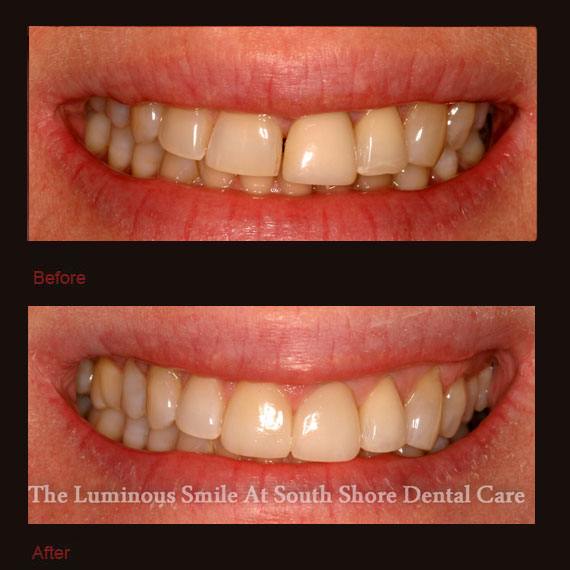
It’s important to wear your retainers as directed after any orthodontic treatment – even Invisalign – so that your teeth do not shift out of place again and so your gap does not return. Invisalign has successfully eliminated gaps when worn as indicated. The option that is right or viable for you is up to your dentist. Orthodontic treatment: Traditional metal braces or Invisalign can be worn to close gaps and move your teeth together.Veneers are able to correct multiple problems at once, like gaps, odd teeth size, discoloration, cracks, and chips. Teeth can be shaped and elongated to create a straight, gap-less smile and none of your teeth will be abnormally large or small any longer. Porcelain veneers: For natural gaps in people who have a large labial frenum and who would prefer to avoid a frenectomy surgery to reduce the extra tissue, often the easiest and most effective treatment option is porcelain veneers.Cosmetic Dentistry Treatments for Gapped Teethĭuring your consultation with your dentist for your complaint of gapped teeth, you may have several cosmetic dentistry treatment options available to you. If not properly addressed, unnaturally formed gapped teeth can return again even after cosmetic dentistry or orthodontic treatment. A diastema that occurs because of a bad habit or improper functioning of the teeth, jaw, or tongue will expand over time and could be responsible for pain or discomfort, especially when biting or chewing. A diastema that occurs naturally because of a mismatch between permanent teeth and jaw size should be expected to remain as-is for life unless cosmetically treated. It’s necessary to determine the exact cause of the gapped teeth so that treatment is properly targeted and doesn’t go to waste. Tending to gum disease is a far greater and more important concern than gaps between your teeth. Periodontal disease can, of course, also lead to permanent tooth loss. Periodontal disease: When gum disease is present, the bone that supports the teeth deteriorates, causing teeth to become loose and potentially cause gaps between the front teeth.Thumb sucking: Whether this childhood habit lasts far into adolescence or not, thumb sucking can pull the front teeth forward and cause gaps to form.Over time, this can push the teeth forward and cause spaces to develop. Tongue thrusting: Some people have an incorrect swallowing reflex where, instead of their tongue pressing against the roof of their mouth, their tongue presses against the front teeth.Instead of only doing its job to connect the upper lip and the gums, an oversized labial frenum blocks the natural closing of the space. Extra tissue: An oversized labial frenum is the fancy term for extra gum tissue that extends too far, ultimately getting between front teeth.Missing teeth: If teeth are missing or undersized – particularly the two upper lateral incisors which are the teeth on either side of your front teeth – the front teeth can develop a space between them.Mismatching: If the size of your jaw bone and the size of your teeth don’t add up – teeth are too small for the jaw bone – this can cause extra space between your teeth.But there are some habits and situations that cause teeth to become gapped over time.

The dental term for gapped teeth is diastema which, simply enough, means “a space between two teeth.” Many people with gapped teeth come by this trait naturally.

When your gapped smile is causing you severe self-consciousness or oral health issues, however, it’s time to make a change, and your cosmetic dentistry options for fixing gapped teeth are many. When your unforgettable smile is making you millions, who wouldn’t embrace it? (Though some celebs don’t). Celebrities with gapped teeth are memorable for this quirky feature.


 0 kommentar(er)
0 kommentar(er)
